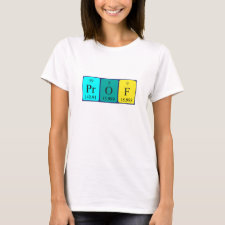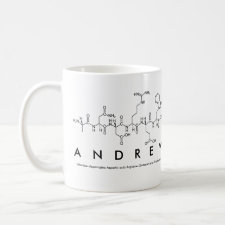
Authors: Rückert B, Hall AJ, Sellergren B
Article Title: Molecularly imprinted composite materials via iniferter-modified supports.
Publication date: 2002
Journal: Journal of Materials Chemistry
Volume: 12
Issue: (8)
Page numbers: 2275-2280.
DOI: 10.1039/b203115a
Abstract: Wide pore silica (Dp = 100 nm) and gel-type or macroporous (12% nominal crosslinking density) Merrifield resins were modified with iniferter groups for grafting of crosslinked molecularly imprinted or non-imprinted polymer layers through quasi-living polymerisation. Prior to iniferter coupling, the silica supports were premodified by silanisation with p- (chlorormethyl)phenyl trimethoxysilane. The iniferter groups were then introduced by reacting the resin-bound chloromethyl groups with sodium N,N-diethyldithiocarbamate. It was shown that the coupling yield, measured as the conversion of the chloromethyl groups, could be varied between 5 and 85% through kinetic control, with the fastest conversions observed for the macroporous resins. This allows the density of radical generating groups to be finely adjusted. Ultraviolet light- initiated copolymerisations of ethyleneglycol dimethacrylate and methacrylic acid in toluene resulted in grafting of 0.2-1.9 g of polymer per gram of support, where the grafted amount increased with reaction time, iniferter content and monomer concentration. The dry-state texture of the composite beads prepared from the gel-type resin depended strongly on the amount of grafted polymer. According to the scanning electron micrographs, the beads with the lower grafted amounts (0.4 g polymer per g support) were deformed exhibiting a peculiar folded structure, whereas the beads containing more grafted polymer (1.6 g polymer per g support) were spherical,with an appearance similar to the. precursor particles. None of these materials exhibited permanent porosity. Only the composites obtained froth the porous precursor particles also exhibited porosity after grafting. Among these, the silica-based composites also showed recognition for their templates when assessed in the chromatographic mode, whereas no imprinting effects could be demonstrated for the polystyrene-supported materials



Join the Society for Molecular Imprinting

New items RSS feed
Sign-up for e-mail updates:
Choose between receiving an occasional newsletter or more frequent e-mail alerts.
Click here to go to the sign-up page.
Is your name elemental or peptidic? Enter your name and find out by clicking either of the buttons below!
Other products you may like:
 MIPdatabase
MIPdatabase









